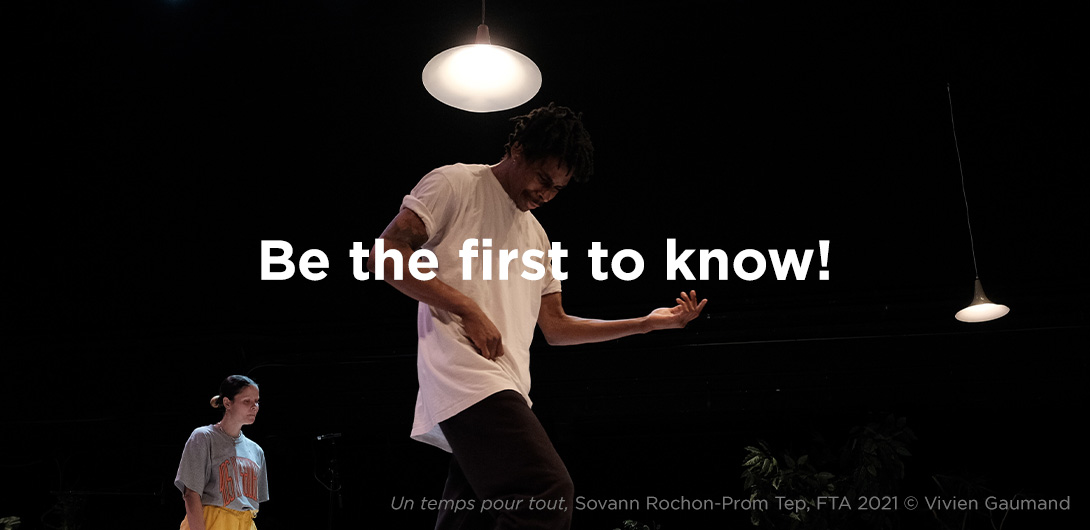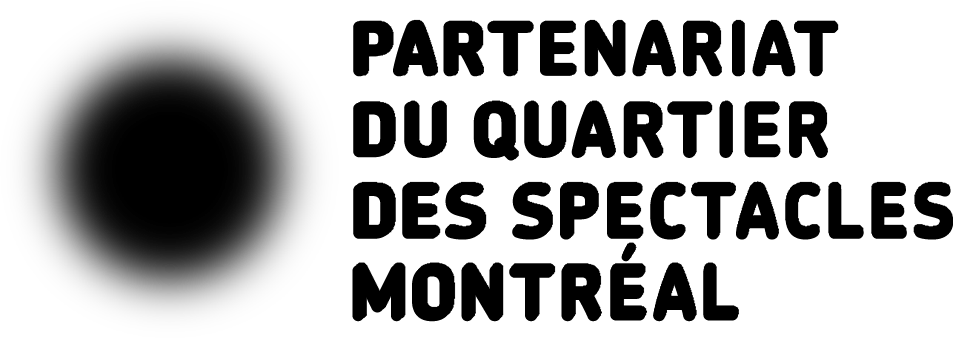What place does La conquête du béluga and, more broadly, the animal itself occupy in your artistic practice?
Maryse Goudreau: The beluga is a sentinel species that allows us to see the acceleration of climate change and its impact on ecosystems and biodiversity. At this pivotal moment in human history, when we have crucial choices to make, the beluga is incredibly rich in meaning from both an anthropological and biological perspective. I’ve always been fascinated by this animal, and for the past decade, I’ve devoted my work to it.
In 2016, I took an important photo while visiting an aquarium in Connecticut: a close-up of a beluga’s eye called La permission. I wanted to give a voice to the animal and plant world, to consider other ways of listening and feeling. I asked the beluga for permission—hence the title—to pursue a project about the species. Of course, I didn’t receive a clear answer, but the beluga stayed next to me for two hours, watching me very intently. It was a moving experience that stayed with me for a long time. When I enlarged the photo of his eye, I realized that, in a sense, it represented my artistic philosophy: nature is watching us, it sees who we are through our actions. With La conquête du béluga, it’s as if I gave him a voice to recount our shared history. It took shape in a natural manner through the chronology and archives.
Pascale, what was it that spoke to you in this work by Maryse Goudreau? How does it fit with Théâtre À tour de rôle’s mandate and artistic vision?
Pascale Joubert: I was fascinated by her almost-monastic research process, which taught me so much about our historic and political connection to belugas. It’s a relationship that sometimes struck me as absurd, sometimes as hard to accept, sometimes as magical and poetic. The work starts off by addressing commercial blast fishing and ends with the psychological well-being of belugas. In my opinion, this evolving perspective is one of the keys to understanding Maryse’s work. It’s a powerful and complex piece, to be experienced in its entirety.
The 2021 summer season at Théâtre À Tour de rôle was conceived as a multidisciplinary festival, whereas we usually present only one major theatre production per summer. We wanted to build bridges with other disciplines like visual arts, to which Maryse belongs. We wanted to showcase her ecological, political, and poetic voice. We wanted to make the work more accessible to a wider audience by staging it for free on the quay, out in the open, in direct contact with the elements.
M.G.: Presenting the show on the quay, at sunrise and sunset, fit perfectly with my approach. It’s a place of assembly and social togetherness where I have worked for a long time, and which has, in a way, taken the place of the church square. On the quay, everyone’s an equal. For me, it’s an open-air community hall.
How and to what extent does shifting the show from Carleton-sur-Mer to Montreal transform the work?
P.J.: We created a project that was profoundly rooted in the Gaspé Peninsula. The artistic team and technical crew were all locals. It was clear that we wanted to do this for artistic reasons, but also for the development of our community. However, the show has resonance in places other than Chaleur Bay. It lends itself to any quay in Quebec and throughout francophone Canada, and it relates to anything involving the country’s vast sea and river environments. In Montreal, where our relationship to the St. Lawrence River is based almost exclusively on commerce, the appearance of a humpback whale in 2020 excited Montrealers, until it was hit by a boat and forgotten. Hopefully, that will make our work resonate even more strongly here.
M.G.: When the whale came to Montreal, many people asked me, “What does this mean? What message is it sending?” And I think that, in a way, the show provides an answer to that somewhat esoteric question.
We’re living in an age of presentism, where everything goes so fast and we lack a historical perspective. We therefore have the impression of constantly coming up against walls.
I believe that’s what this work has to offer: an hour in which to breathe, to step away for a moment from the eco-anxiety that bombards us, by looking ahead but also 150 years in the past. To recognize the change that has taken place and that will take place. To see all the way to the horizon.










